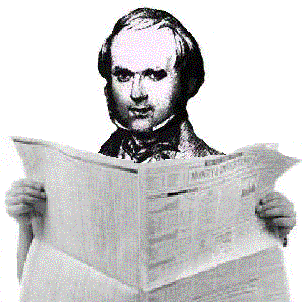Consumers want green action from brands and businesses, that contributes to a better society and environment. 85 percent of consumers worldwide are willing to change the brands they buy or their consumption habits to make tomorrow a better place.
A lot of registered .tel domain names, seem to be for small start up businesses. These businesses are offering new brands and new services. We all know, that it is not very easy to get new clients.
But your business can start offering products or services, what the mentioned consumers would buy, because they are not buying them yet elsewhere.
You might want to tink about that, when you create a new business idea, or when you are considering to register (more / new) .tel domain names.
Consumers want businesses to take the lead on actions to reduce climate change: Be one of them.
And one of them, that have a dot tel domain. And making communication a lot more easier, and letting potential clients find your business.
Consumers admire companies that are demonstrating real leadership on climate change. Deliver green solutions with a green company / business, and a green dot tel domain name. Consumers are getting climate conscious, and companies who can show, that they are climate consious too, will be (more) sucessful.
AS CONSUMER VALUES EVOLVE, SO DO BUSINESS OPPORTUNITIES.
AN AUTHENTIC SOCIAL PURPOSE IS KEY.
It is not only all about: "When and how will .tel take off?", or "will .tel take off?", etc.: It is also, and more importantly, about: "What can, and will I do with my .tel?". "Or with my future .tel?".
If your .tel goes green, or your next .tel will be for a good and green purpose, yes, than I see even better chances for .tel as a global successful domain.
Your .tel could be there, before any dot eco got a piece of the green action. Be first.
.
The idea of .mobi is to signal "we are a mobile website".
The idea of .eco is to signal: "we are a ecological website".
But .tel can signal: "my-greenbusiness.tel, and my-ecobusiness.tel are green and ecological, and easy to find, and easy to get in contact with, also on a mobile phone. And we guide you to the (ecological) websites, you are looking for."
So, if you will, with .tel, you have the best of all worlds. All with the one domain extension.
The strength of the .tel extension, is to signal, that its strength is contact and communication. You can use it for mobile phones, as well as for ecological webpages, and to point to ecological websites, and more.
.
If action generates money, everyone wants a piece of the action. If the action is green, and for a good purpose, and you feel good, by doing such a good thing, at the same time, then what are you waiting for? Why not get active? The economic downturn has not only negative effects on the economy: You get opportunities, you otherwhise would not get: For example, not all great and promissing domain names of new domain extension are taken, because domainers are holding back, with their expenses, not seeing opportunities to make profits in the near future.
But we do, now (see). And we agree, how important it is, to buy and spend now, instead of hoarding our money.
As we are not loosing, but creating and gaining value, by registering the right domain names, and putting them in our portfolio, and populating them, when we have time.
.
Wellbit Mobile App – Live, Capture, Share, Savor
vor 3 Jahren

















































































